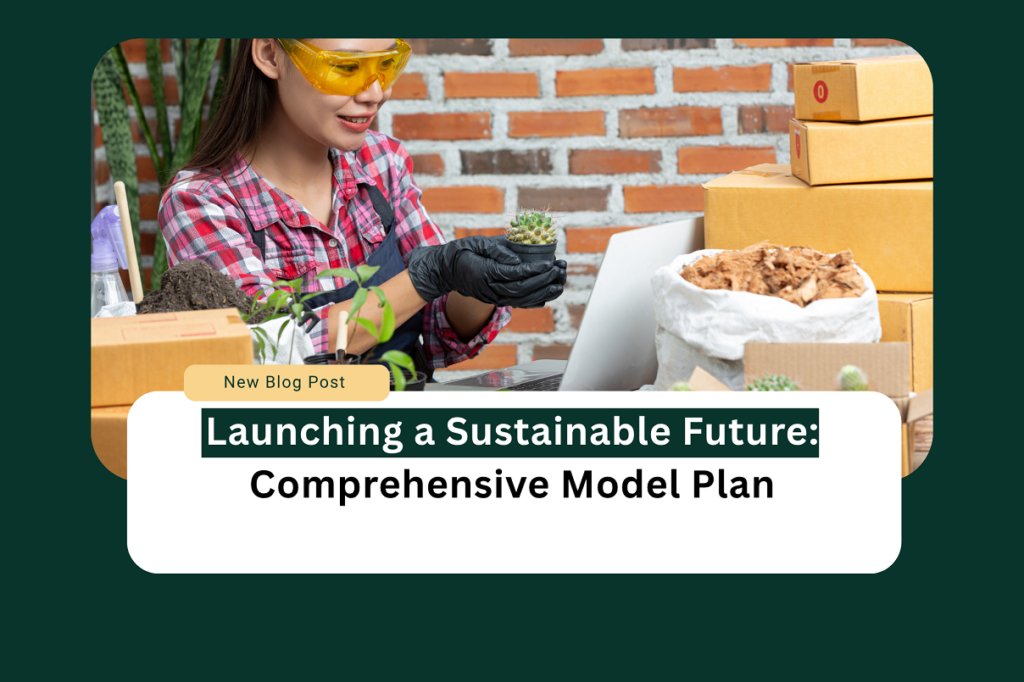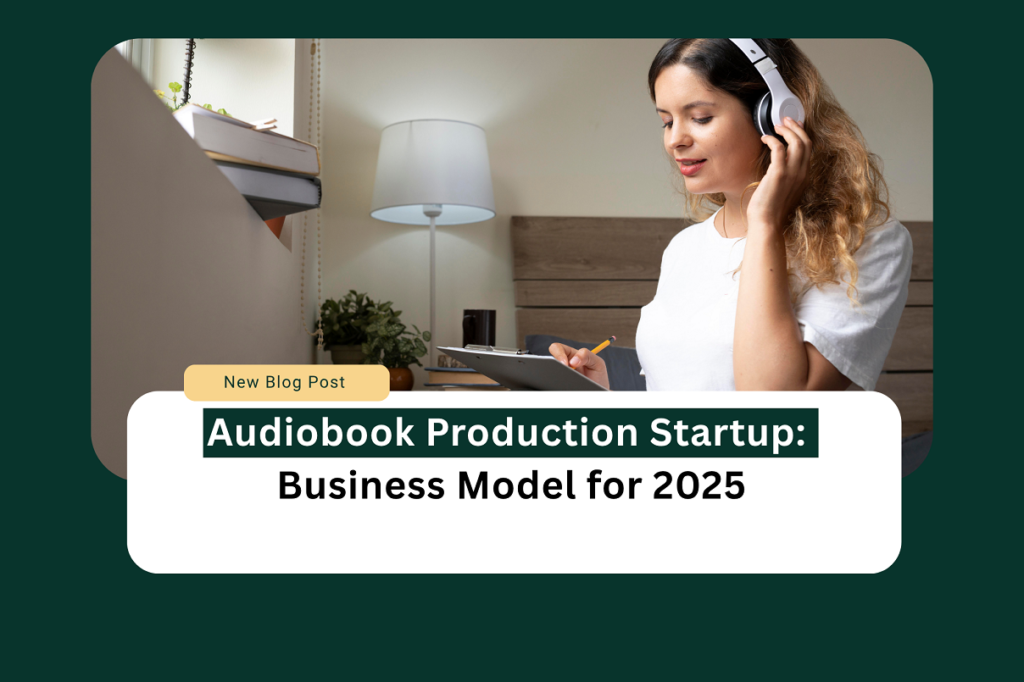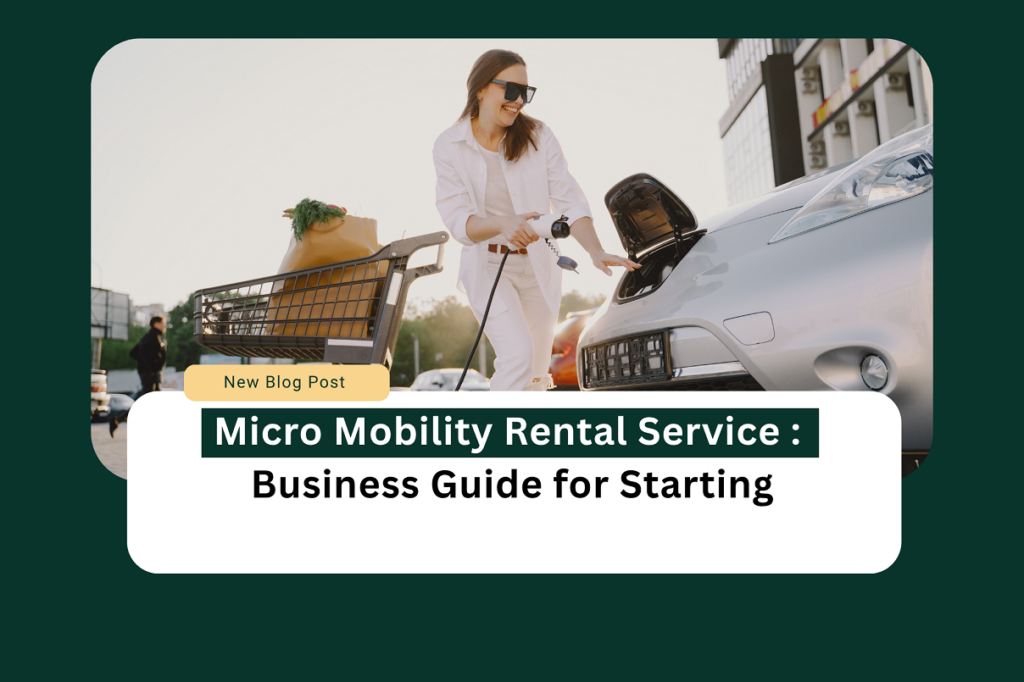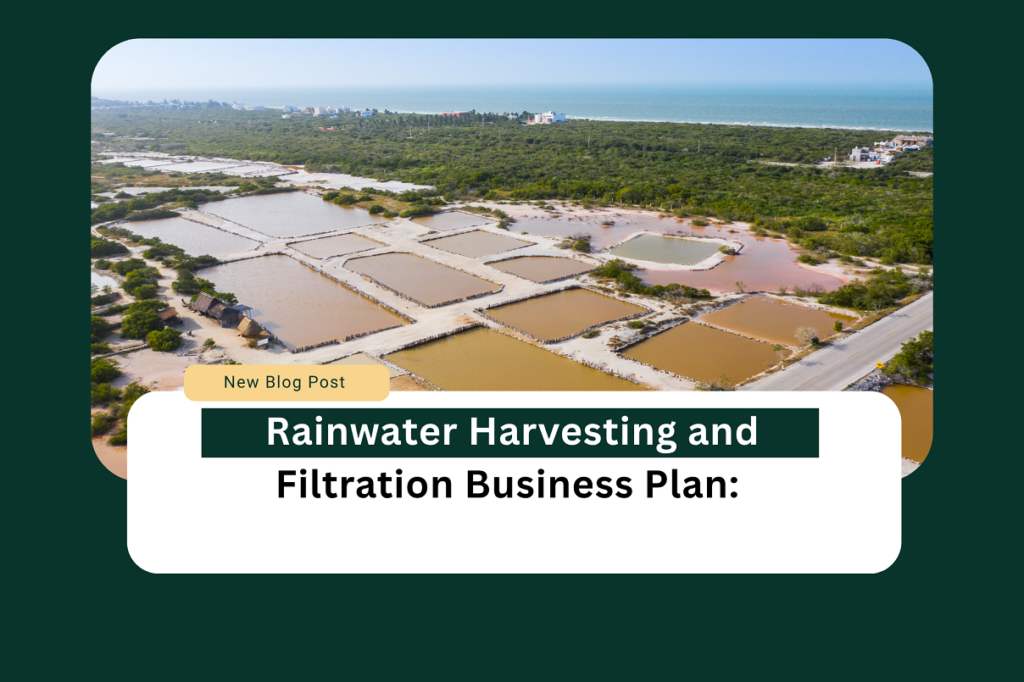Introduction
Starting a composting startup model represents an exciting opportunity in today’s environmentally conscious market. Composting startups are gaining significant traction as consumers and businesses alike seek sustainable waste management solutions. According to the Environmental Protection Agency, food scraps and yard waste together constitute more than 30% of what Americans throw away, material that could be composted instead. This composting startup model plan will guide aspiring entrepreneurs through the essential steps to establish a successful and sustainable composting startup model in the competitive green economy.
Market Analysis for Composting Startups
Before launching your composting startup, understanding the market landscape is crucial. The global composting market size was valued at $5.15 billion in 2023 and is projected to grow at a compound annual growth rate (CAGR) of 8.2% from 2024 to 2030. In the United States alone, commercial composting has seen a 65% increase in facilities over the past decade, demonstrating the growing demand for these services. Urban areas present particularly fertile ground for composting startups, with 72% of Americans expressing interest in composting services if conveniently available, according to a 2023 survey by the Composting Council of America.
Business Models for Composting Startups
Several viable business models exist for composting startups, each with distinct advantages. Residential collection services involve picking up food scraps from households on a subscription basis. Commercial collection targets restaurants, grocery stores, and other food-intensive businesses. Community composting creates neighborhood hubs where locals can bring organic waste. Farm-based composting operations partner with agricultural businesses to process larger volumes of organic material. Finally, composting product sales focus on creating and distributing finished compost and related products. The most successful composting startups often combine elements of multiple models, creating diversified revenue streams while maximizing resource efficiency.
Operational Planning and Infrastructure
Effective operational planning for composting startups requires careful consideration of processing methods, equipment, and location. Traditional windrow composting requires significant space but minimal technology. In-vessel composting systems, while more expensive initially, offer faster processing times and can operate in smaller spaces, making them ideal for urban environments. Vermicomposting (using worms) presents another option with low startup costs but higher maintenance requirements. Your startup’s processing capacity should align with projected collection volumes, with room for growth. According to industry standards, most successful composting startups begin with capacity to process between 100-500 tons annually, gradually scaling as client bases expand.
Regulatory Compliance and Permits
Navigating regulatory requirements represents one of the most challenging aspects of launching a composting startup. Approximately 67% of failed composting ventures cite regulatory hurdles as a primary factor in their closure. Requirements vary significantly by state and locality, but typically include solid waste handling permits, environmental impact assessments, and specific zoning approvals. The Composting Council of America reports that permitting processes take an average of 6-18 months, depending on location. Building positive relationships with local environmental agencies early in your planning process can help streamline these procedures and identify potential compliance issues before they become problematic for your composting startup.
Financial Modeling and Funding Options
Creating a comprehensive financial model is essential for composting startups. Initial capital requirements typically range from $50,000 for small-scale operations to over $500,000 for more sophisticated facilities. Revenue projections should account for multiple streams, including collection fees, tipping fees, and finished product sales. Operating expenses encompass equipment maintenance, fuel, labor, land costs, and regulatory compliance. According to the Sustainable Business Alliance, composting startups typically reach profitability within 2-3 years, with average profit margins between 15-25% once established. Funding options include traditional bank loans, USDA Rural Development grants, environmental impact investors, and increasingly, crowdfunding platforms focused on sustainability ventures.
Marketing and Customer Acquisition Strategies
Successful composting startups emphasize education alongside service offerings. Your marketing strategy should highlight both environmental benefits and practical advantages for potential customers. Digital presence through search engine optimization, content marketing, and social media engagement provides cost-effective outreach. Community partnerships with environmental organizations, farmers’ markets, and local businesses create valuable referral networks. Pricing models vary, but research indicates that residential customers typically pay $20-30 monthly for weekly collection services. A strategic “freemium” approach—offering limited free collections to first-time customers—has demonstrated an 85% conversion rate to paid subscriptions for established composting startups, according to industry data.
Technology Integration for Composting Startups
Modern composting startups increasingly leverage technology to optimize operations and enhance customer experience. Route optimization software can reduce collection costs by up to 30%, while customer management systems streamline subscription handling and communications. Monitoring systems using sensors and IoT technology allow for real-time tracking of compost conditions, ensuring quality control and maximum efficiency. Mobile applications enable customers to schedule pickups, track their environmental impact, and even earn rewards for consistent participation. These technological investments typically represent 5-10% of startup costs but can significantly reduce operational expenses over time.
Conclusion
The future looks remarkably promising for well-executed composting startups. As environmental regulations tighten and consumer awareness grows, the demand for responsible waste management solutions continues to expand. Successful composting startups will balance operational efficiency, regulatory compliance, and customer education to create sustainable business models with meaningful environmental impact. By following this comprehensive model plan, entrepreneurs can position their composting startups to capture market share in this growing industry while contributing to a more sustainable future. Remember that approximately 40% of landfill waste could be processed through composting, representing an enormous untapped opportunity for innovative composting startups willing to meet this challenge.
What did you think about this composting startup model plan? We’d love to hear your feedback in the comments below, and please share this article on your social media if you found it valuable for your entrepreneurial journey!
FAQ
What permits do I need to start a composting business? Typically, you’ll need solid waste handling permits, environmental approvals, and specific zoning clearances. Requirements vary by location.
How much does it cost to start a composting business? Initial capital requirements range from $50,000 for small operations to $500,000+ for sophisticated facilities.
How long until my composting startup becomes profitable? Most composting businesses reach profitability within 2-3 years.
What equipment is essential for starting? Collection bins, transportation, processing equipment, and monitoring tools.
Can I start composting in an urban area? Yes, using in-vessel or vermicomposting systems that require less space.
Read More : Senior citizen home care services business strategy








